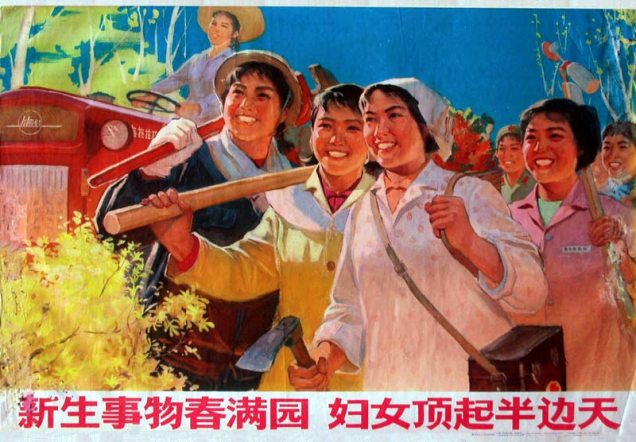Discovering Collections, Discovering Communities conference, Manchester, 12-14 October 2015
Watch the conference paper on You Tube:
More information about the presentation:

At this year’s National Archives and Research Libraries UK conference, Alison Green and Birgitta Hosea will be presenting a collaborative project between four organisations: MA Culture, Criticism and Curation and MA Character Animation at Central Saint Martins, the Guildhall School of Music and the Old Operating Theatre Museum.
With a conference theme of exploring new digital destinations for the heritage sector, Discovering Collections, Discovering Communities, will examine methods for meaningful and innovative digital engagement with museums and archives. Reflecting on the CUT! exhibition created for the Old Operating Theatre Museum, Green and Hosea will demonstrate a case study of the use of animation in museums and archives.
Abstract:
How can digital media augment old spaces and things? Using the exhibition, CUT! (Old Operating Theatre Museum, London, 2014) as a case-study, we will present a project that juxtaposed original, auratic objects with reinterpretations in the form of short digital animations. CUT! was a collaboration between the Museum and students from two courses at Central Saint Martins, MA Character Animation and MA Culture, Criticism and Curation.
The aim of the exhibition was to bring back a sense of the people who had once worked or been treated in a space now filled with glass cases and curious objects. Animations inspired by the museum’s quirky range of artefacts from medical history were created by students from MA Character Animation. The forty films were curated by students from MA Culture, Criticism and Curation, placed as interventions into the museum’s permanent collection, like a haunting or re-animation of the historic objects.
The exhibition, conceived as an experiment and which proved popular with visitors, raised issues about how audiences relate differently to ‘history’ versus ‘the present’ and how different people engage with different types of objects and technology. The paper will theorise these results through discussions of animation and haunting (Cholodenko, 2007 & 2011) and memory as speech versus memory as object (Derrida, 1996). Both presenters have led several collaborative projects with students working with museums. We are interested in exploring what such projects mean for our respective fields—digital animation and curating—and, further, reflecting upon these partnerships as forms of pedagogy.
Link to presentation slides:





































































